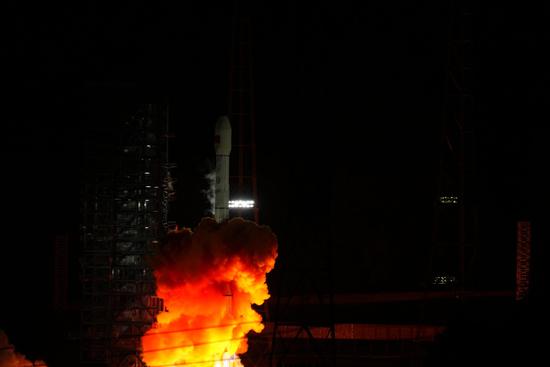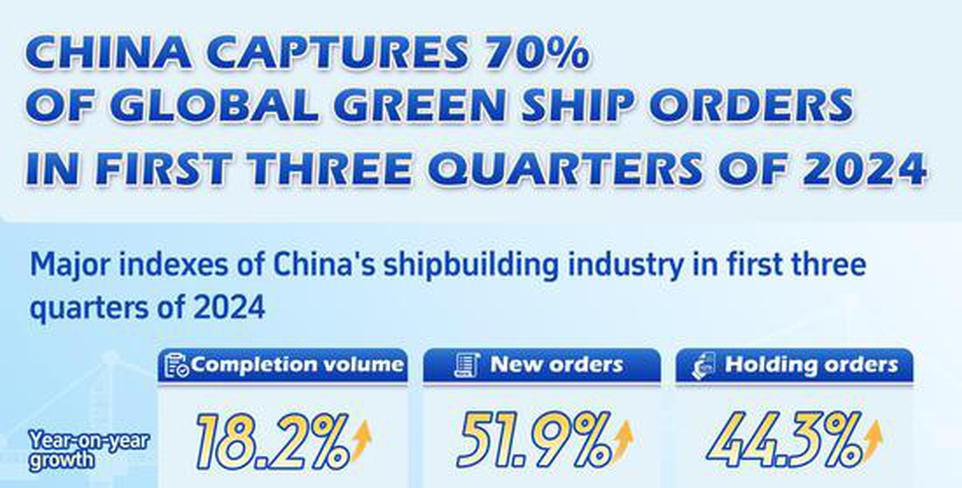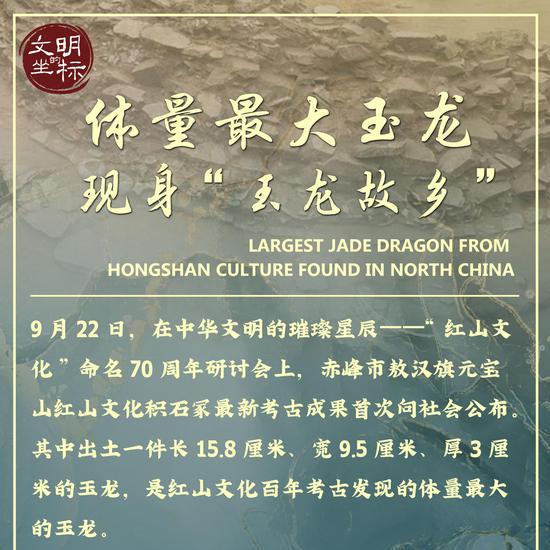Chinese astronomers have made significant progress in the search for Earth-like planets, recently identifying five ultra-short-period planets using an AI-based system. These planets, with diameters smaller than Earth and orbital periods shorter than a day, were discovered using data from NASA's Kepler space telescope.
The Kepler telescope, launched in 2009 to discover Earth-like planets orbiting sun-like stars, collected data on 170,000 stars before concluding its mission in 2017. From this dataset, astronomers worldwide have identified 145 ultra-short-period planets, including 21 with radii smaller than Earth.
"The telescope detected planets by monitoring the dimming of starlight as planets passed in front of stars. By analyzing this data, astronomers can determine planetary sizes and orbital periods," said Ge Jian, a professor at the Shanghai Astronomical Observatory of the Chinese Academy of Sciences.
Ge noted the challenge of finding Earth-like planets, which have longer orbital periods around stars, making them harder to detect. In contrast, ultra-short-period planets, which orbit their stars more frequently, are easier to observe.
"Improving our observational and analytical capabilities will increase our chances of finding more short-period planets and, potentially, an Earth 2.0," Ge said.
Among the five newly identified planets, four are the closest to their solar-like host stars ever detected, with sizes comparable to Mars. The discovery was published in the Monthly Notices of the Royal Astronomical Society.
Ge's team developed an AI algorithm that significantly enhances search efficiency, making the process 15 times faster and increasing detection accuracy by 7 percent compared to traditional methods.
"This breakthrough represents a major advancement in applying AI to astronomical data analysis and brings us closer to discovering Earth 2.0," Ge said.
Chinese astronomers, alongside their international counterparts, continue their search for an Earth-like planet. Ge emphasized the need for improved data collection through the deployment of more telescopes and satellites, combined with more sophisticated analytical methods.
Ge's team plans to observe 2 million stars as part of the upcoming Earth 2.0 space mission, which is expected to make the chances of finding Earth-like planets 13 times more likely compared to Kepler's mission. The incorporation of AI algorithms marks another significant step in this ongoing quest.


















































 京公网安备 11010202009201号
京公网安备 11010202009201号